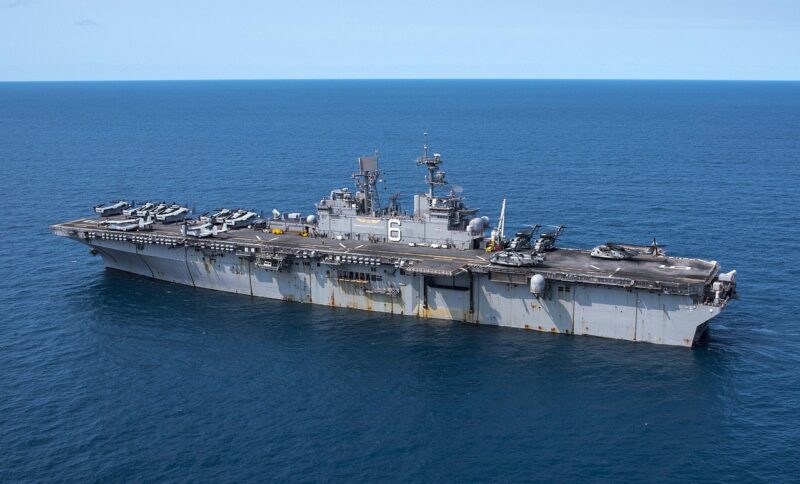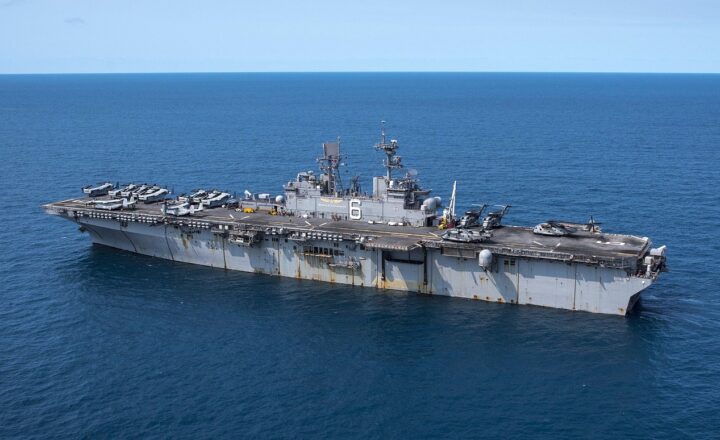The Evolution of Naval Warfare: From Wooden Ships to Nuclear Submarines
November 16, 2024

Naval warfare has undergone a dramatic evolution since its inception. From the days of wooden ships armed with cannons to today’s sophisticated nuclear submarines and aircraft carriers, each development has significantly shaped the way conflicts are conducted at sea. This article explores the major milestones in the evolution of naval warfare, examining how technology, strategy, and geopolitics have transformed naval operations and the naval forces of various nations.
1. The Dawn of Naval Warfare: Ancient Times
The earliest records of naval warfare date back to ancient civilizations such as the Egyptians, Greeks, and Phoenicians. These early naval combat scenarios predominantly involved wooden ships that were primarily designed for trade and transportation, but their designs soon adapted for conflict.
**Key Developments:**
– **Galleys and Triremes:** Ancient ships like the Greek trireme showcased advancements in rowed vessels, maximizing speed and maneuverability.
– **Naval Tactics:** The use of ramming tactics became prevalent as ships were equipped with bronze or iron rams.
– **Siege and Blockades:** Control of waterways facilitated strategic blockades and sieges, marking the dawn of maritime strategy in warfare.
As conflicts escalated, the importance of naval power became increasingly evident, laying the groundwork for future naval engagements.
2. The Age of Sail: 16th to 19th Century
During the Age of Sail, naval battles were fought using sailing ships equipped with cannons. This era saw burgeoning naval powers like Britain, France, and Spain expand their fleets dramatically and enforce their rule over the seas.
**Key Components of Naval Warfare During This Period:**
– **Ship Design:** Warships evolved in size and armament, ranging from sloops to massive ships of the line, allowing for powerful broadside attacks.
– **Naval Battles:** Famous naval battles, including the Battle of Trafalgar (1805) and the Battle of the Nile (1798), showcased the tactical evolution of fleet engagement.
– **Colonial Warfare:** Naval forces were pivotal in colonial expansion and trade, serving as a means to protect merchant routes.
This period also prompted the development of naval strategies which emphasized the importance of fleet engagements and logistics.
3. The Birth of Ironclad Ships and Steam Power: Mid to Late 19th Century
The mid-19th century marked a turning point in naval warfare with the introduction of ironclads and the shift from sail to steam power. This period coincided with the Industrial Revolution, which spurred technological advancements.
**Significant Changes:**
– **Ironclads:** The battle between the USS Monitor and the CSS Virginia in 1862 demonstrated the superiority of iron armor over traditional wooden ships.
– **Steam-Powered Vessels:** Steam engines allowed ships to travel faster and maneuver more effectively, reducing the reliance on wind and sailing tactics.
– **Explosive Shells and Rifled Cannons:** Advances in artillery technology resulted in more devastating weaponry, forcing navies to adapt their tactics.
These innovations set the tone for future naval engagements and laid the groundwork for modern naval warfare.
4. The 20th Century: World Wars and Aircraft Carriers
The two World Wars saw unprecedented naval engagements and the emergence of new technologies. The significance of aircraft carriers became paramount, beginning a new chapter in naval warfare.
**Transformative Events & Technologies:**
– **Aircraft Carriers:** Ships like the USS Enterprise during World War II reshaped naval strategy, as they allowed air power to extend well beyond coastline defenses.
– **Submarine Warfare:** The rise of submarines, exemplified by German U-boats, introduced new tactics focused on stealth and surprise.
– **Electronics and Radar:** Innovations in radar technology dramatically improved naval reconnaissance, countermeasures, and defensive strategies.
The 20th century established principles of carrier strike groups and submarine-focused fleet designs that remain relevant in today’s naval doctrines.
5. The Nuclear Age and Modern Naval Warfare
Following World War II, the advent of nuclear weapons and powered submarines revolutionized naval warfare further. This period also defined the strategic naval races among the superpowers, namely the United States and the Soviet Union.
**Nuclear Developments in Naval Warfare:**
– **Nuclear Submarines:** The introduction of ballistic missile submarines (SSBNs) added a new dimension to naval deterrence strategies, enabling nations to project power silently under the sea.
– **Carrier Strike Groups:** Modern aircraft carriers serve as floating air bases, projecting power globally while ensuring a rapid-response capability.
– **Technological Integration:** Modern navies leverage advanced technologies, including robotics, AI for warfare planning, and cyber capabilities to maintain security and efficiency.
Nuclear capabilities and advanced weaponry solidified naval powers’ roles in national defense and global dynamics, emphasizing the importance of naval capabilities in modern geopolitics.
6. Conclusion: The Future of Naval Warfare
As we venture further into the 21st century, the evolution of naval warfare shows no signs of slowing down. With emerging technologies like drones, autonomous vessels, and cyber warfare, the future of naval engagements promises to be even more complex and multifaceted. The sea will continue to be an arena of power and conflict, where naval supremacy remains a critical component of national security.
The ongoing evolution of naval warfare reflects broader trends in technology and international relations, making it imperative for navies around the world to adapt continually. As history shows, the capabilities and strategies of naval forces have a profound impact on geopolitical dynamics, ensuring that naval warfare will remain a crucial element of military strategy in shaping the future of warfare.






